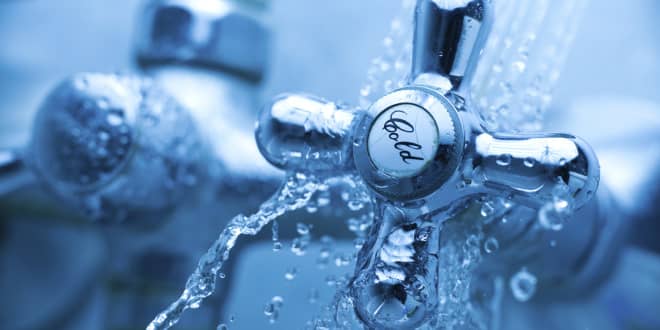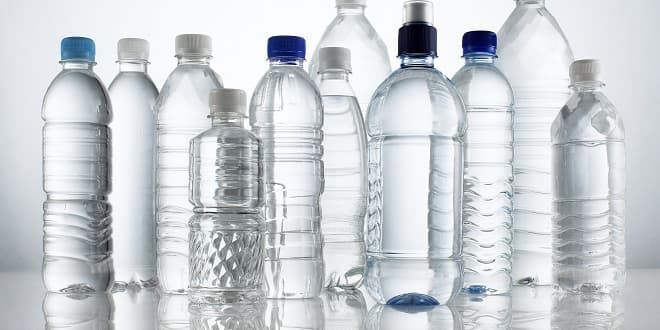Analysis of Water Chemistry
Analysis of Water Chemistry
-
Urban Stream Restoration Project
-
Outline
-
Water Chemistry Background
-
Chemistry in Urban Streams
-
Methods
-
2003 Results
-
Comparison to 2002
-
Conclusions
-
Outline
-
Water Chemistry Background
-
Chemistry in Urban Streams
-
Methods
-
2003 Results
-
Comparison to 2002
-
Conclusions
-
Temperature
-
Most aquatic organisms are cold-blooded and have an ideal temperature range, specific to the organism:
-
Diatoms 15-25 degrees C
-
Green algae 25-35 degrees C
-
Blue greens 30-40 degrees C
-
Salmonids – cold water fish
-
Temperature, continued
-
Affects development of invertebrates, metabolism of organisms
-
Affects dissolved oxygen (warm water holds less oxygen)
-
Warm water makes some substances more toxic (cyanide, phenol, xylene, zinc) and, if combined with low DO, they become even more toxic
-
Dissolved Oxygen
-
Oxygen that is dissolved in water
-
DO increases with cooler water and mixing of water through riffles, storms, wind
-
Nutrient loading can lead to algal blooms which result in decreased DO
-
4-5 ppm DO is the minimum that will support large, diverse fish populations. Ideal DO is 9 ppm. Below 3 ppm, all fish die.
-
Dissolved Oxygen, continued
-
Dissolved oxygen can also be expressed as % saturation
-
80-124% = excellent
-
60-79% = ok
-
< 60% = poor
-
Conductivity
-
Measures the ability of water to carry an electric current
-
Measures the ions such as Na+, Cl- in the water
-
Differences in conductivity are usually due to the concentration of charged ions in solution (and ionic composition, temp.)
-
Reported as microsiemens per cm
-
pH
-
pH measures the degree of acidity or alkalinity of the water (each number is a 10-fold difference)
-
0-6 = acid; 7 = neutral; 8-14 = base
-
Ideal for fish = 6.5 –8.2
-
Ideal for algae = 7.5 – 8.4
-
Acid waters make toxic chemicals (Al, Pb, Hg) more toxic than normal, and alter trophic structure (few plants, algae)
-
Turbidity
-
Measures the cloudiness of the water
-
Turbidity caused by plankton, chemicals, silt, etc.
-
Most common causes of excess turbidity are plankton and soil erosion (due to logging, mining, farming, construction)
-
Turbidity, continued
-
Excess Turbidity can be a problem:
-
Light can’t penetrate through the water – photosynthesis may be reduced or even stop – algae can die
-
Turbidity can clog gills of fish and shellfish –can be fatal
-
Fish cannot see to find food, but can hide better from predators
-
Phosphorus (Reactive)
-
Is necessary for plant and animal growth
-
Natural source = phosphate-containing rocks
-
Anthropogenic source = fertilizer and pesticide runoff from farming
-
Can stimulate algal growth/bloom
-
Nitrates
-
Formed by the process of nitrification (addition of O2 to NH3 by bacteria)
-
Used by plants and algae
-
Is mildly toxic, fatal at high doses
-
Large amounts (leaking sewer pipes, fertilizer runoff, etc.) can lead to algal blooms, which can alter community structure, trophic interactions and DO regimes)
-
Below 90 mg/L seems to have no effect on warm water fish, but cold water fish are sensitive
-
Alkalinity
-
A measure of the substances in water that can neutralize acid and resist changes in pH
-
Natural source = rocks
-
Ideal water for fish and aquatic organisms has a total alkalinity of 100-120 mg/L
-
Groundwater has higher alkalinity than surface water
-
Hardness
-
The amount of Calcium and Magnesium in the water (the two minerals mostly responsible)
-
Natural source = rocks
-
Limestone = hard water, granite = not hard water
-
Hardness, continued
-
Soft water can be a problem: in soft water, heavy metals are more poisonous, some chemicals are more toxic, drinking soft water over long periods can increase chance of heart attack
-
0 – 60 = soft water
-
61-120 = moderately hard water
-
121-180 = hard water
-
181+ = very hard water
-
Hardness and alkalinity are related
-
Outline
-
Water Chemistry Background
-
Chemistry in Urban Streams
-
Methods
-
2003 Results
-
Comparison to 2002
-
Conclusions
-
Physical Effects of Urbanization Related to Water Chemistry
-
Riparian Vegetation Removal
-
Decreased Groundwater Recharge
-
Heat Island Effect
-
Increased Surface Runoff / Impervious Surfaces
-
Leaky Storm-water / Sewage Pipes
-
Point Source Pollution
-
Trends in Water Chemistry
-
Temperature increases
-
Nitrate increases
-
Phosphorus increases
-
Conductivity increases (Increased ion concentration)
-
O2 demand increases
-
Outline
-
Water Chemistry Background
-
Chemistry in Urban Streams
-
Methods
-
2003 Results
-
Comparison to 2002
-
Conclusions
-
Field Measurements
-
Dissolved Oxygen
-
Temperature
-
Conductivity
-
pH
-
Water Collection For Laboratory Analysis
-
Grab Samples
-
Three replicates (from multiple samples)
-
Measured within 24 hours (few exceptions)
-
Laboratory Analysis
-
Nitrate
-
Reactive
Phosphorus
-
Alkalinity
-
Hardness
-
Turbidity
-
Outline
-
Chemistry in Urban Streams
-
Water Chemistry Measurements and Theory
-
Methods
-
2003 Results
-
Comparison to 2002
-
Conclusions
-
Field Measurements 2003
-
Turbidity
-
All values for 2003 <5 jtu
-
For 2002, all but one sampling date <5 jtu
-
The one date for 2002 >5 was during a storm event
-
Reactive Phosphorus 2003
-
Nitrate 2003
-
Alkalinity 2003
-
Hardness 2003
-
Outline
-
Chemistry in Urban Streams
-
Water Chemistry Measurements and Theory
-
Methods
-
2003 Results
-
Comparison to 2002
-
Conclusions
-
Field Measurement PB
-
Field Measurement For SAL
-
Paint Branch
-
Stewart April Lane
-
Outline
-
Chemistry in Urban Streams
-
Water Chemistry Measurements and Theory
-
Methods
-
2003 Results
-
Comparison to 2002
-
Conclusions
Between Site Differences
-
Land use – increased runoff cause increased input of particular constituents
-
Natural site variation – Substrate type
Between Years
-
Increased snow caused more runoff increased use of road-salt
-
Drought (temperature, DO)
“. . . Rivers and the inhabitants of the watery element were made for wise men to contemplate, and fools to pass by without consideration, . . . for you may note, that the waters are Nature’s storehouse, in which she locks up her wonders.”
Izaak Walton
(from Ward, 1992)
…




